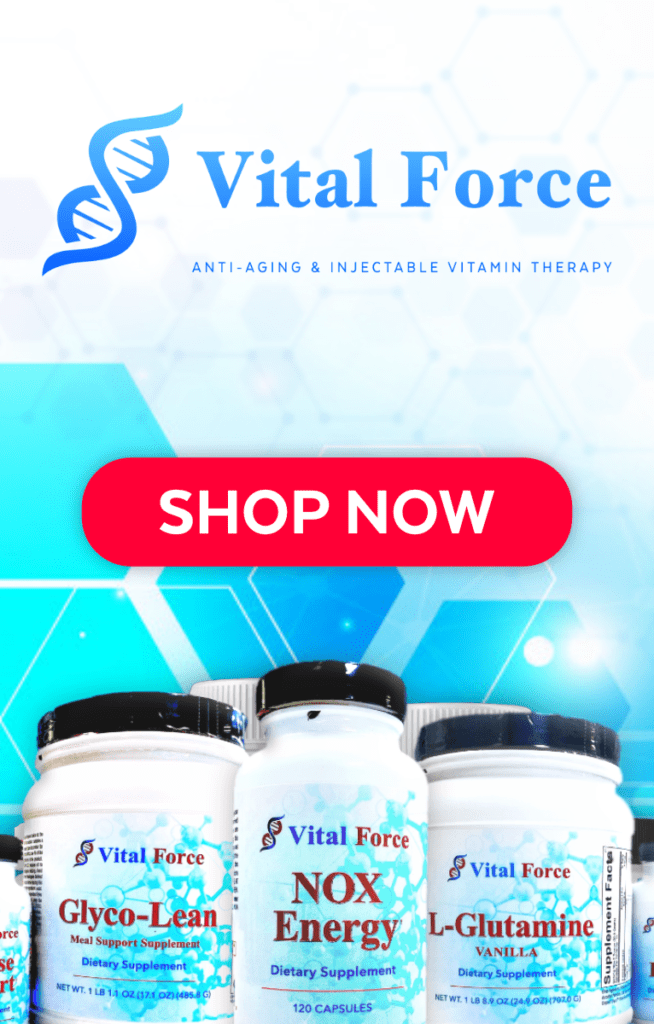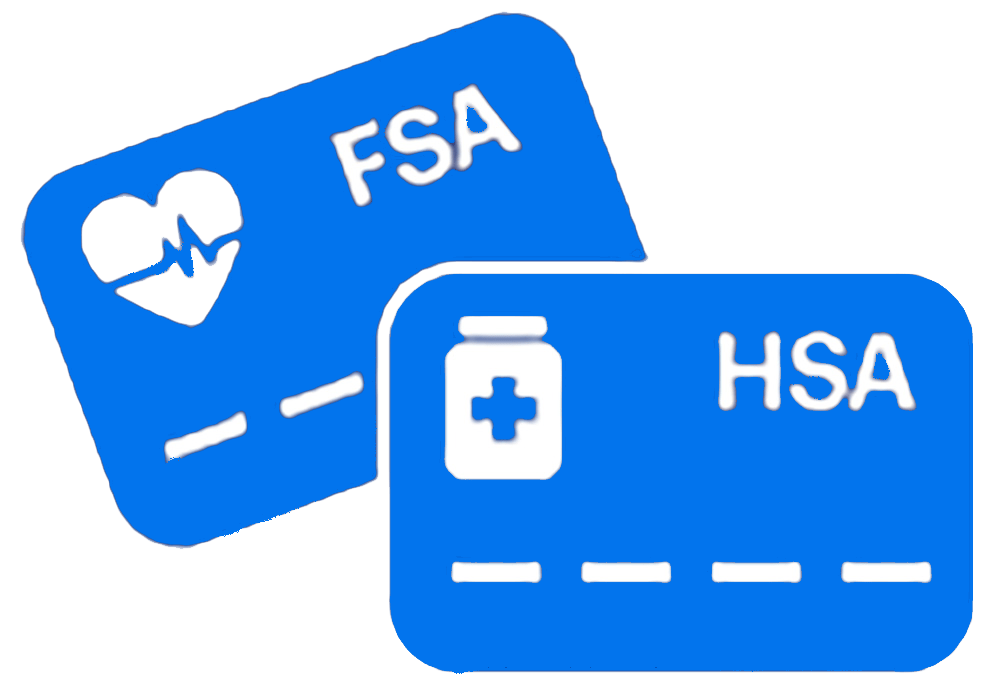A relatively new but advanced treatment known as stem cell therapy could prove effective in ameliorating or even curing certain physical ailments or systemic diseases. That said, administration of intravenous, sometimes abbreviated as IV stem cell therapy, is subject to a specific process.
Stem Cell Overview
Stem cells are the body’s building block cells. It is from these organisms that all other cells, tissues, organs, and systems are formulated. These biological structures hail from certain notable sources including:
Human Embryos
Stem cells hailing from embryos are scientifically referred to as pluripotent. In biological terms, this means said organisms are capable of dividing not only into additional stem cells but any other type of systemic cell as well. Many of the embryos producing stem cells used for human consumption are donated by women of child rearing age.
Adult Cells
Stem cells are found in the tissues of adult persons. However, the concentrations are quite small. Adult cells are commonly found in fat and bone marrow. Though somewhat effective in addressing specific ailments, adults stem cells possess a far more limited scope of employment than do their embryonic cousins.
That said, recent progressions in scientific engineering has enabled researchers to use a process called genetic reprogramming to transform adult stem cells to adopt characteristics of embryonic cells by altering their genetic makeup. Though promising, this endeavor is still in early developmental stages.
Perinatal Cells
These cells are found in a substance called amniotic fluid, which is located inside the amniotic sac. Said systemic feature protects growing fetuses. Moreover, perinatal stem cells can be found in umbilical cord blood.
The Benefits Of Stem Cell Therapy
Stem cells can be created and harvested in laboratory settings. Considering these organisms are building blocks, they have been applied to and found a modicum of success treating a variety of physical and biological issues including:
Cardiovascular System Problems
Researchers have concluded that stem cells from adult bone marrow has proven effective in helping the heart and blood vessels repair themselves.
Orthopedic Maladies
Stem cells have been touted for their capacity to stimulate the growth of damaged tissue caused to muscles, bones, and soft tissues injured resulting from overuse or acute accidents or sports-related events.
Autoimmune Disorders
In recent times, stem cells have been employed in the treatment of autoimmune disorders and have met with some success alleviating pain and other associated physical manifestations.
Wound Healing
The speed and alacrity with which stem cells can stimulate the regeneration process has made said organisms an acceptable therapeutic method in remediating stubborn wounds.
The IV Process
Intravenous, IV stem cell therapy, which is also known as stem cell infusion, is typically performed inside a hospital or medical clinic. During this process, the recipient receives organisms through a drip that is inserted directly into a vein.
Two different types of stem cells might be employed for infusion therapy, autologous allogeneic variations.
Autologous stem cells come from the eventual recipient’s own body. Medical professionals extract and harvest said lifeforms. Several weeks later, mature cells are ready to be transplanted.
Allogeneic cells are born from donors. Typically, donors are family members holding similar genetic makeups. That said, matches might be established through stem cell banks.
Healthcare providers are usually more comfortable infusing autologous cells. Since these lifeforms originate in the recipient’s body, they are less likely to cause complications.
Those receiving allogenic cells stand at greater risk of developing serious reactions. Arguably, the most common event is the body’s rejection of what its immune system believes are foreign invaders.
The Cell Preparation Process
Before infusion can occur, a patient’s blood in extracted and placed into an apparatus that separates cells from other blood components. Once stem cells are isolated, they are transmitted to a laboratory for harvesting. The cells are then replicated until medical professionals possess a high enough concentration to insert back into the intended recipient’s body.
Infusion Day
The procedure is performed in hospital. The patient’s arm is attached to an IV hookup. A bag filled with saline is attached to an apparatus, which is inserted into the recipient’s vein. Ultimately, the stem cells are added to the IV drip, which is their avenue to the bloodstream.
The procedure is often completed slowly and takes several hours to complete. Typically, the patient spends another day or so in hospital for observation and is permitted to leave provided no apparent complications occur.
Contacting Us
Vital Force, leaders in stem cell therapy, located in Hoover, Alabama perform IV stem cell therapy in a controlled environment under strict medical supervision. For more information about us and how we might be able to help you, please call us at 205-352-9141.










